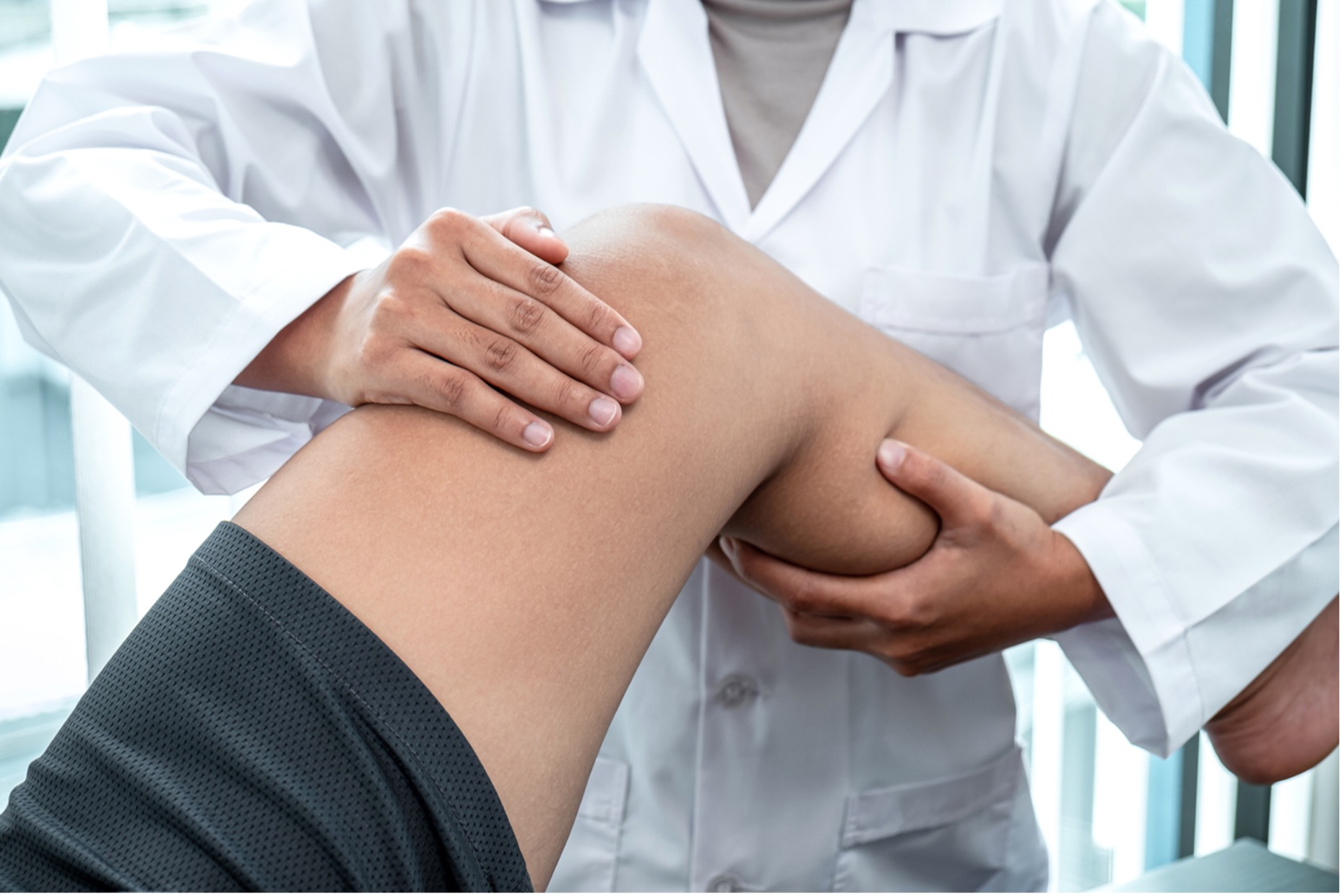When you hear the term “sports medicine,” you may think of professional athletes receiving specialized care for injuries or training. However, sports medicine is not just for athletes. In fact, it can benefit people of all ages and activity levels.
What is Sports Medicine?
Sports medicine is a branch of medicine that focuses on the prevention, diagnosis, treatment, and rehabilitation of injuries related to sports and physical activity. While it does address the needs of athletes, it can also benefit people who are physically active in other ways, such as weekend warriors, gym-goers, and those who participate in recreational sports.
Injury Prevention
One of the primary benefits of sports medicine is injury prevention. Sports medicine practitioners can provide guidance on proper form and technique, as well as recommendations for stretching and warm- up exercises. This can help reduce the risk of injury during physical activity, whether it’s a high-impact sport or a low-impact activity such as yoga or hiking.
Diagnosis and Treatment of Injuries
If an injury does occur, sports medicine practitioners can provide accurate diagnosis and treatment. They are trained to identify and treat a wide range of injuries, from sprains and strains to more serious injuries such as fractures or torn ligaments. By receiving proper diagnosis and treatment, individuals can recover more quickly and with less risk of long-term complications.
Rehabilitation and Recovery
Sports medicine practitioners can also assist with rehabilitation and recovery from injuries. They can create individualized treatment plans that may include physical therapy, exercises to improve strength and flexibility, and other therapies to help individuals get back to their normal activities as quickly and
safely as possible.
In addition to the benefits of sports medicine for people of all ages and activity levels, sports medicine can also be especially beneficial for geriatric patients. As we age, our bones and muscles become weaker, and we are more prone to falls and injuries. Sports medicine can help older adults maintain their mobility, prevent injuries, and recover more quickly from injuries when they do occur.
Here are some ways in which sports medicine can benefit geriatric patients:
- Fall Prevention: Falls are a major concern for older adults, as they can lead to serious injuries such as broken bones and head trauma. Sports medicine practitioners can provide guidance on exercises and activities that can help improve balance, coordination, and stability, reducing the risk of falls.
- Management of Chronic Conditions: Many older adults have chronic conditions such as arthritis, osteoporosis, and diabetes. Sports medicine practitioners can provide recommendations on exercises and physical activities that can help manage these conditions and reduce the risk of complications.
- Rehabilitation and Recovery: After an injury or surgery, older adults may have a longer recovery period than younger individuals. Sports medicine practitioners can create individualized treatment plans that take into account any age-related limitations, helping older adults recover more quickly and with less risk of complications.
- Maintenance of Mobility and Independence: As we age, it’s important to maintain mobility and independence. Sports medicine can provide guidance on exercises and activities that can help maintain strength, flexibility, and mobility, allowing older adults to stay active and independent for longer.
Sports medicine is not just for athletes – it can benefit people of all ages and activity levels, including geriatric patients. From injury prevention to diagnosis, treatment, rehabilitation, and recovery, sports medicine practitioners can provide expert care to help individuals stay active and healthy. Whether you are a competitive athlete or simply enjoy staying active, consider incorporating sports medicine into your healthcare regimen to optimize your physical performance and prevent injuries. Get to know more about sports medicine and what it can do for you!
Contact our Asian Bone, Muscle, and Joint Institute by calling us at (02) 8-771-9000 local 8053.
Sources:
- American Medical Society for Sports Medicine. (2021). What is Sports Medicine? https://www.amssm.org/Content/pdf%20files/What%20is%20Sports%20Medicine.pdf
- American Academy of Orthopaedic Surgeons. (2021). Sports Medicine. https://orthoinfo.aaos.org/en/treatment/sports-medicine/
- Mayo Clinic. (2021). Sports Medicine. https://www.mayoclinic.org/departments-centers/sportsmedicine/overview/ovc-20418507
- The American Journal of Sports Medicine. (2018). Sports Medicine and the Primary Care Physician. https://journals.sagepub.com/doi/full/10.1177/1941738118768493
- Emery, C. A., Meeuwisse, W. H. (2016). Risk factors for injury in indoor compared with outdoor adult recreational soccer. Clinical Journal of Sport Medicine, 26(6), 447-453. doi:10.1097/JSM.0000000000000294
- Griggs, R. B. (2012). The role of sports medicine in geriatric care. Journal of the American Academy of Orthopaedic Surgeons, 20(10), 624-629. doi: 10.5435/JAAOS-20-10-624
- Hildreth, K. L., Barry, A. E., Morey, M. C., Ismail, N., Morgan, G. B., Shelton, J. B., … Peterson, M.J. (2016). Effects of resistance training on function in older adults with knee osteoarthritis and sarcopenia: a randomized controlled trial. The Journals of Gerontology, Series A: Biological Sciences and Medical Sciences, 71(1), 19-25. doi: 10.1093/gerona/glv123
- American College of Sports Medicine. (2014). Exercise and physical activity for older adults. Medicine & Science in Sports & Exercise, 46(3), 471-481. doi: 10.1249/MSS.0000000000000074


